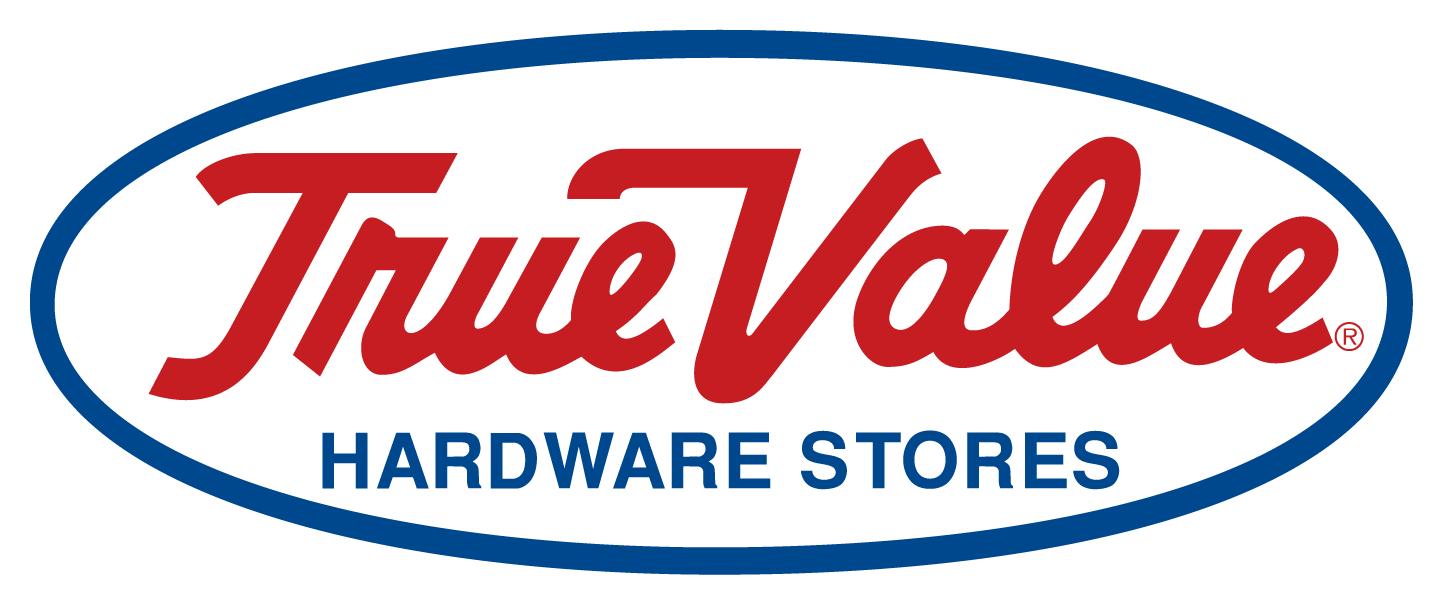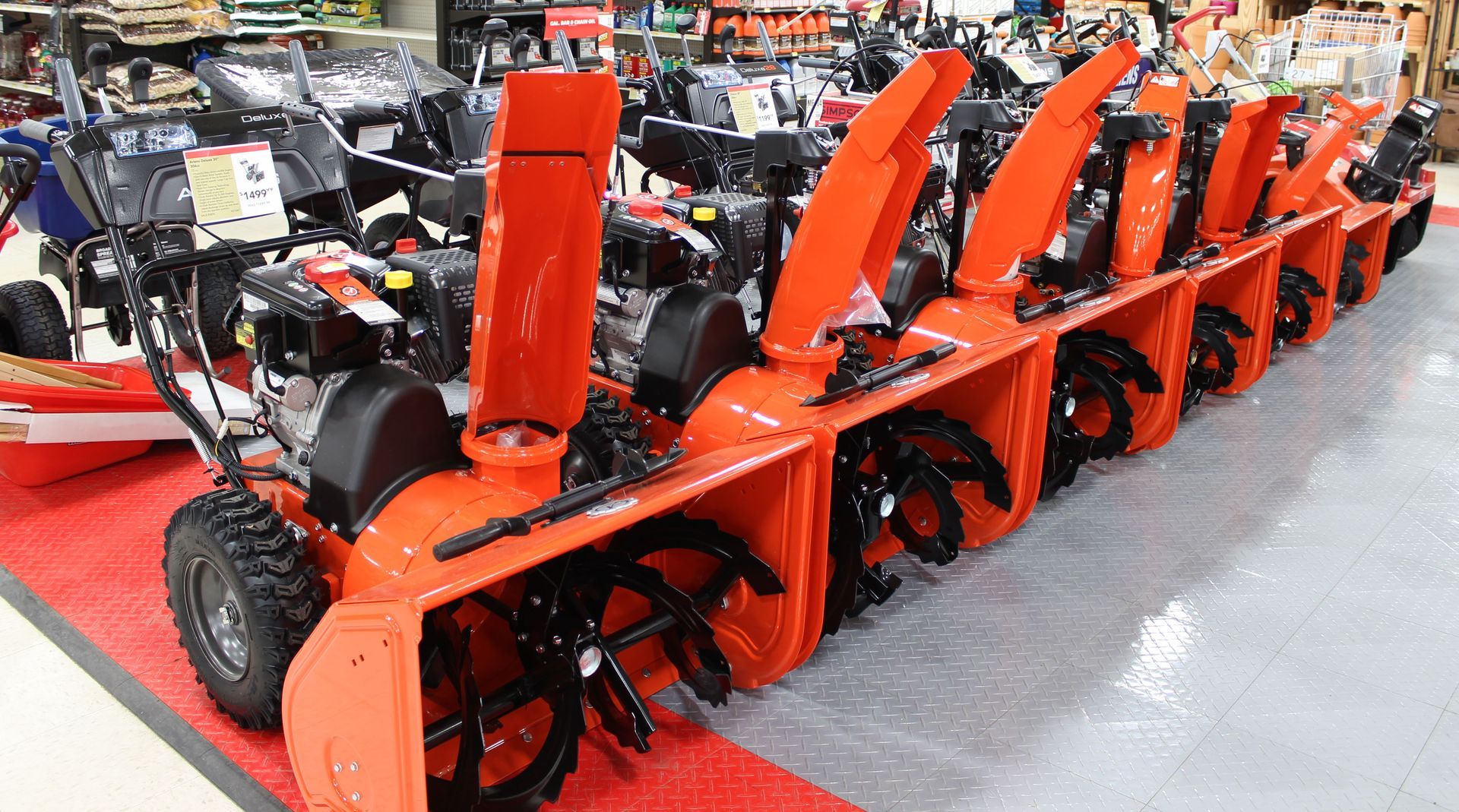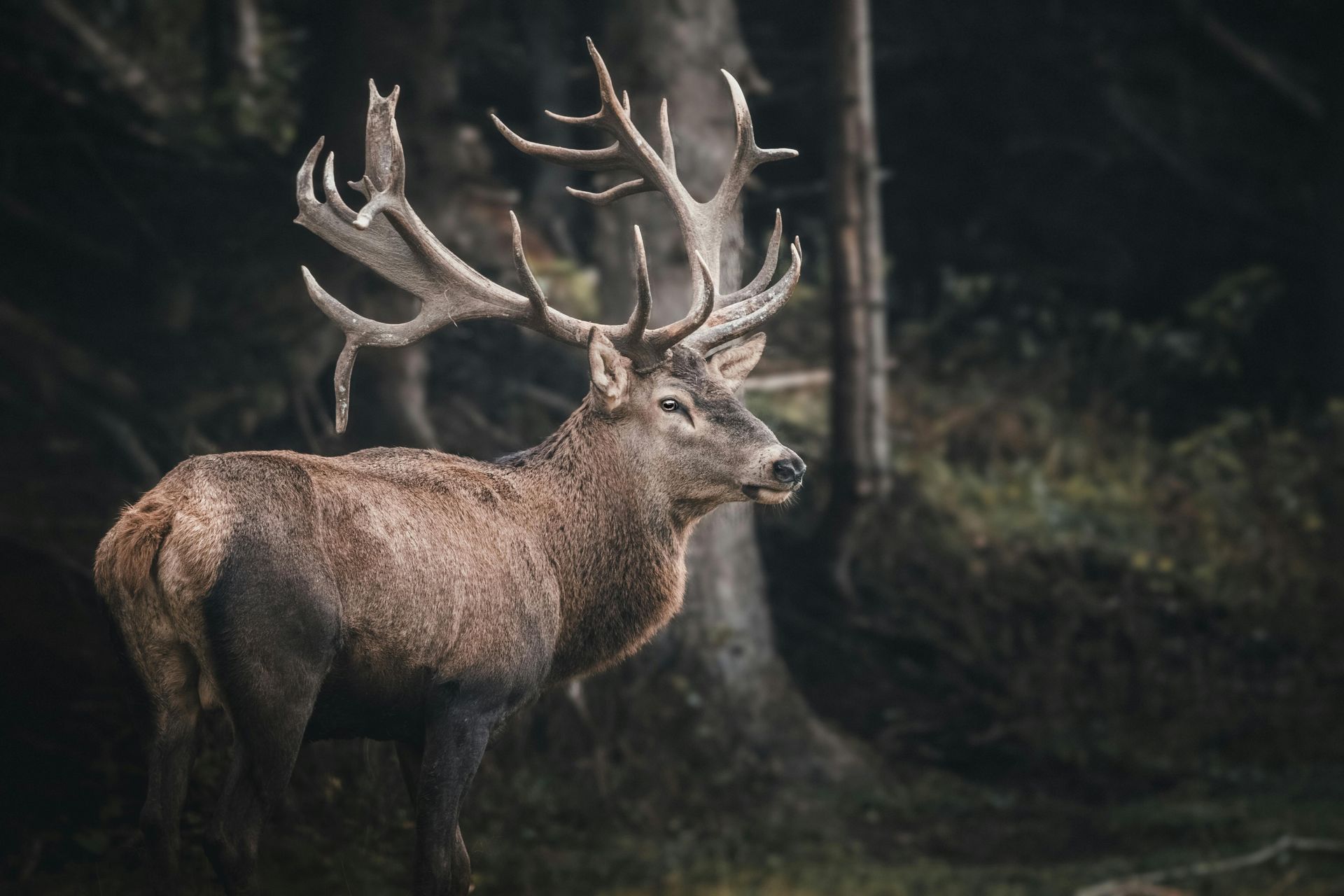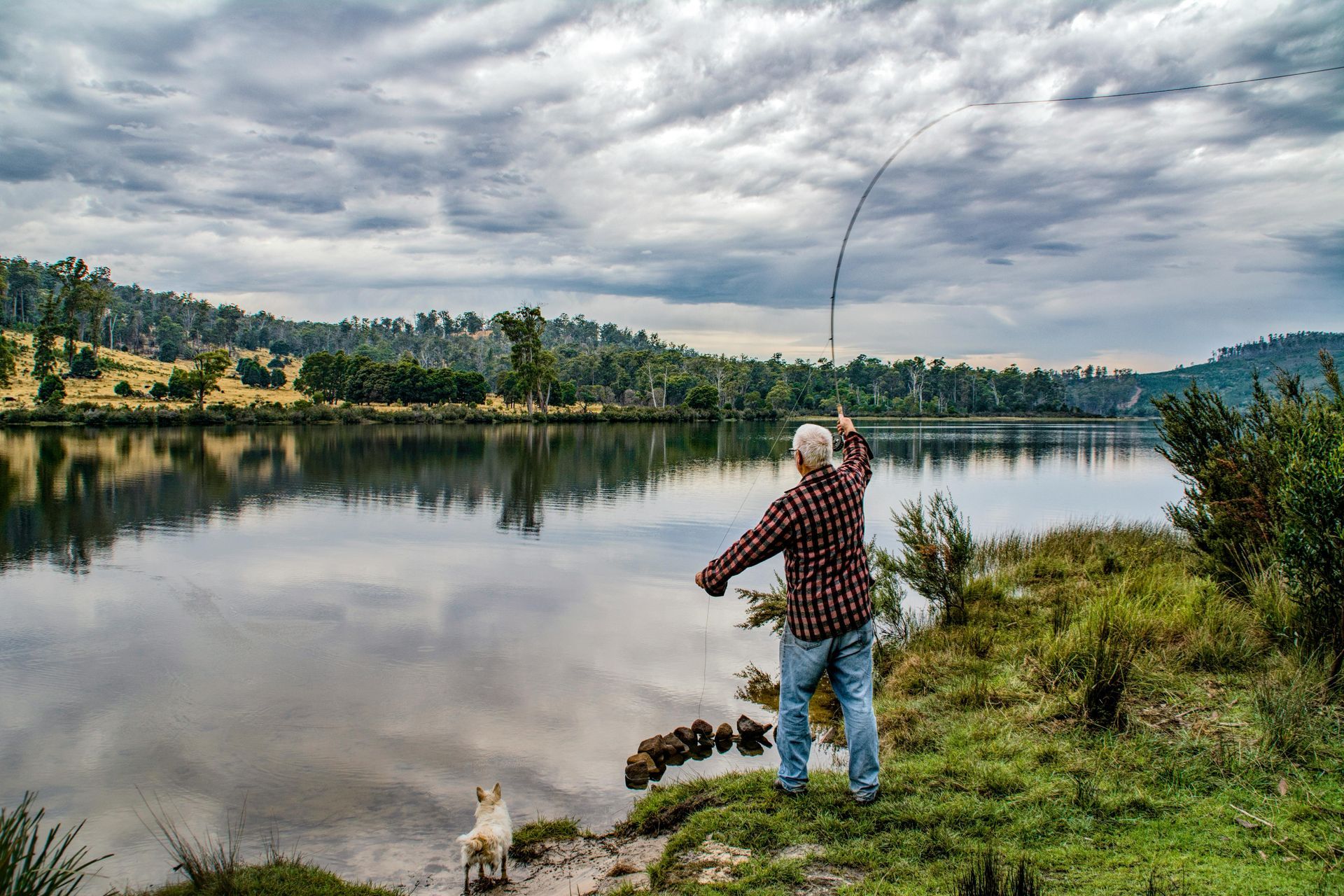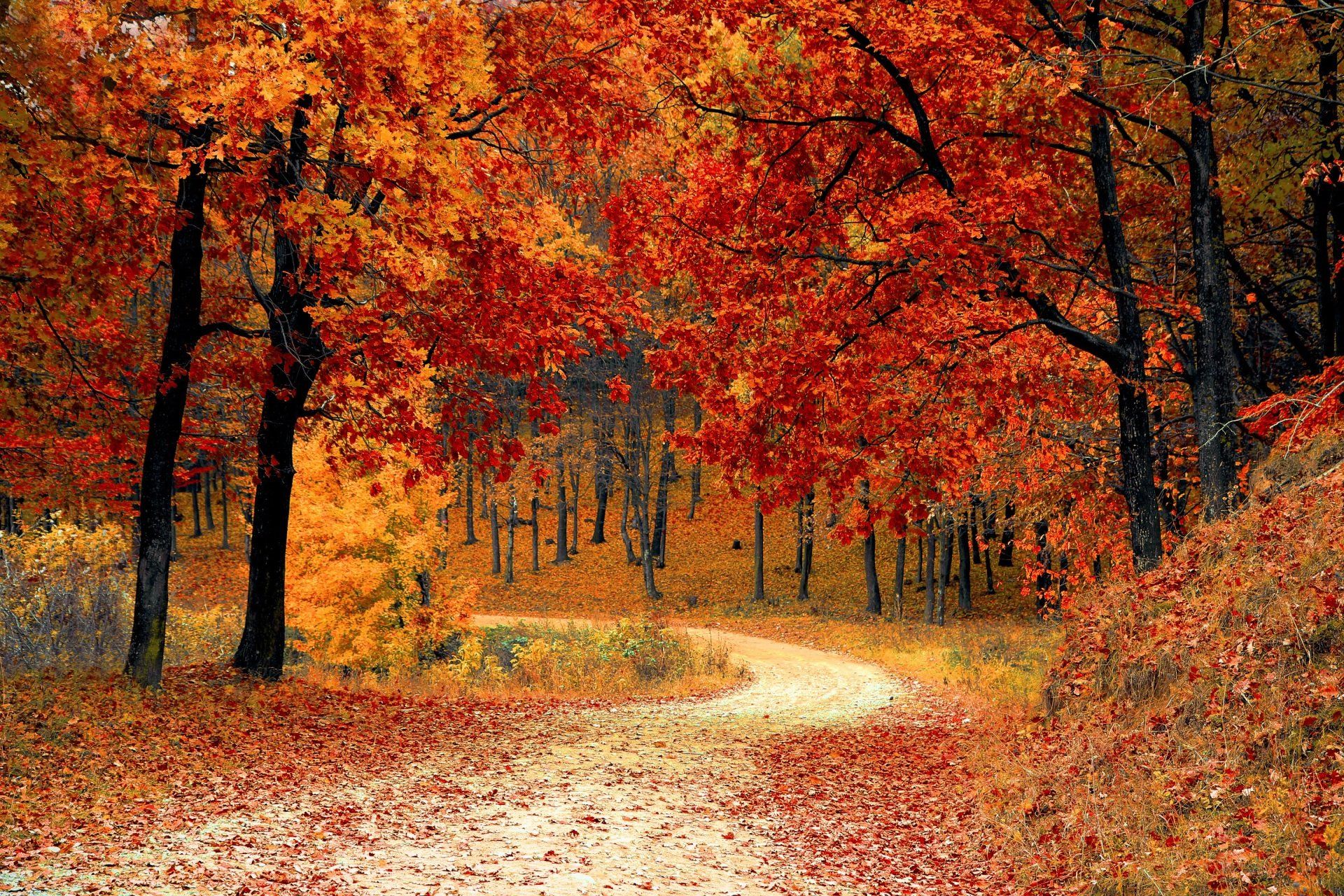Spring Lawn Care - Part 3
Best Grass Types for Northern Climates

What are the best cold-season grasses for your lawn?
The name must have given you a gist that these grasses grow sensationally even in the chilly weather. In fact not only do they thrive in the mild conditions of fall and spring but also perform exceptionally well in frigid winters and moderate summers.
A temperature range of 65 to 85 degrees F works best for them. Cold season grasses are particularly well suited for the top half of the United States (Cold season Zone). They are also frequently used in the transition zone that stretches across the middle of the country.
Some of the most popular varieties of cold season grasses are:
1. Kentucky Bluegrass (KBG): It has a medium-fine texture and striking deep, dark green blades. Although it cannot stand shade, KBG displays significant heat, drought, cold and foot traffic resistance. With all that, it’s no wonder that it has earned the moniker, “The king of Lawn Grasses”. KBG is an aggressively spreading grass that is used in lawns all across the north.
2. Perennial Ryegrass (PR): Because it establishes itself very quickly, PR is almost always made a part of seed mixes. A bunch-type, non-spreading variety, this grass has a medium-fine texture and bright green color with impressive mowing characteristics. Although it is averse to drought conditions, PR has a very high tolerance for foot traffic and medium cold tolerance.
3. Annual Ryegrass:
This is a shallow root system, fast-growing grass with medium green blades. You won’t normally find it in seed mixes because it grows aggressively, killing the perennials in the process, only to die by winter. Although this grass can take moderate foot traffic, it is not very tolerant of heat, drought, shade or cold. I like to call this one the fussy grass.
4. Tall Fescue:
Thanks to its deep root system, this almost fine-textured, dark green grass can easily thrive in moderate drought and heat conditions. In fact, it is one of the most popular cold season grasses for the Transition Zone. Although Tall Fescue does not take well to close mowing, it requires less fertilizer and water. So, it’s a common sight in low maintenance yards that get a significant amount of foot traffic.
5. Fine Fescue:
This grass is frequently used in seed mixes owing to its rapid growth and exceptional shade tolerance. As the name suggests, the blades boast of fine texture and light to gray-green color. Fine fescues are available in 3 varieties.
6. Creeping red fescue: The most common of the three varieties, this is a deep-rooted and deep green grass. It has high drought and heat resistance and is more tolerant of cold and shade than other fescue varieties. However, it cannot withstand traffic too well and recovers very slowly once damaged.
7. Chewing fescue: A medium to light green, fine-textured grass, the chewing fescue displays remarkable resistance to shade, drought and cold. It also has moderate wearability, which means it can withstand foot traffic quite well. However, it is vulnerable to several fungal diseases.
8. Hard fescue: This is a slow-growing, fine-bladed grass that has moderate tolerance for foot traffic. However, it is impressively resistant to drought and shade. In fact, despite its shallow rooting, it takes exceptionally well even to infertile soil and is one of the only fescues that stays green even through summer.

How do you mix these cold season grasses?
Think of grass mixing as combining the best of all varieties in a way that the strong points of each species make up for the weak points of the others.
For example, a fescue lawn could use the speedy growth of about 15% Kentucky Bluegrass. The latter brings along shade tolerance and rapid growth behavior. The fescue, on its part, offers water and nutrients through its deep rooting system to the blue-green and enhances its ability to withstand drought conditions.
If this is too much botany for you, the easy way would be to simply buy a seed mix suitable for your region. But, if you want to try your hand at mixing the seeds, this is what the proportions should be like:
• For significant foot traffic lawns: 80% Kentucky bluegrass and 20% perennial ryegrass (a blend of 2-3 cultivars of both).
• Medium to high maintenance lawns: 20% perennial ryegrass and 80% fine fescue (a blend of 2-3 cultivars of both and at least one improved cultivar of fine fescue)
• Low maintenance lawns: 80% Kentucky bluegrass and 20% perennial ryegrass (a blend of 2-3 cultivars of ryegrass)
• Shaded lawns (well-drained): 20% perennial ryegrass and 80% shade-tolerant Kentucky bluegrass.
• Shaded lawns (wet): 20% perennial ryegrass/shade-tolerant Kentucky bluegrass and 70% rough bluegrass (Sabre).
In conclusion…
And there you have it folks, all the information you need to maintain that emerald green swathe of grass. The most important thing to remember when it comes to spring lawn maintenance is to go easy on both water and fertilizer while judiciously watching out for trouble.
You don’t need to toil for several hours to take care of your lawn in spring. However, you do need to be consistent in your efforts. Diligent sprint lawn care will help you to keep your yard covered in lush greenery all through the year.
For grass seed, fertilizers and herbicides, etc. visit Reedsburg True Value Superstore today. Our Garden Department has what you need to grow and maintain a healthy, green lawn and we also have a large selection of lawn mowers, Z-turns and riding mowers to accommodate any size property. Visit us today and check out what we have in store for you!
FOR MORE TIPS ON LAWN CARE VISIT LINKS BELOW:
